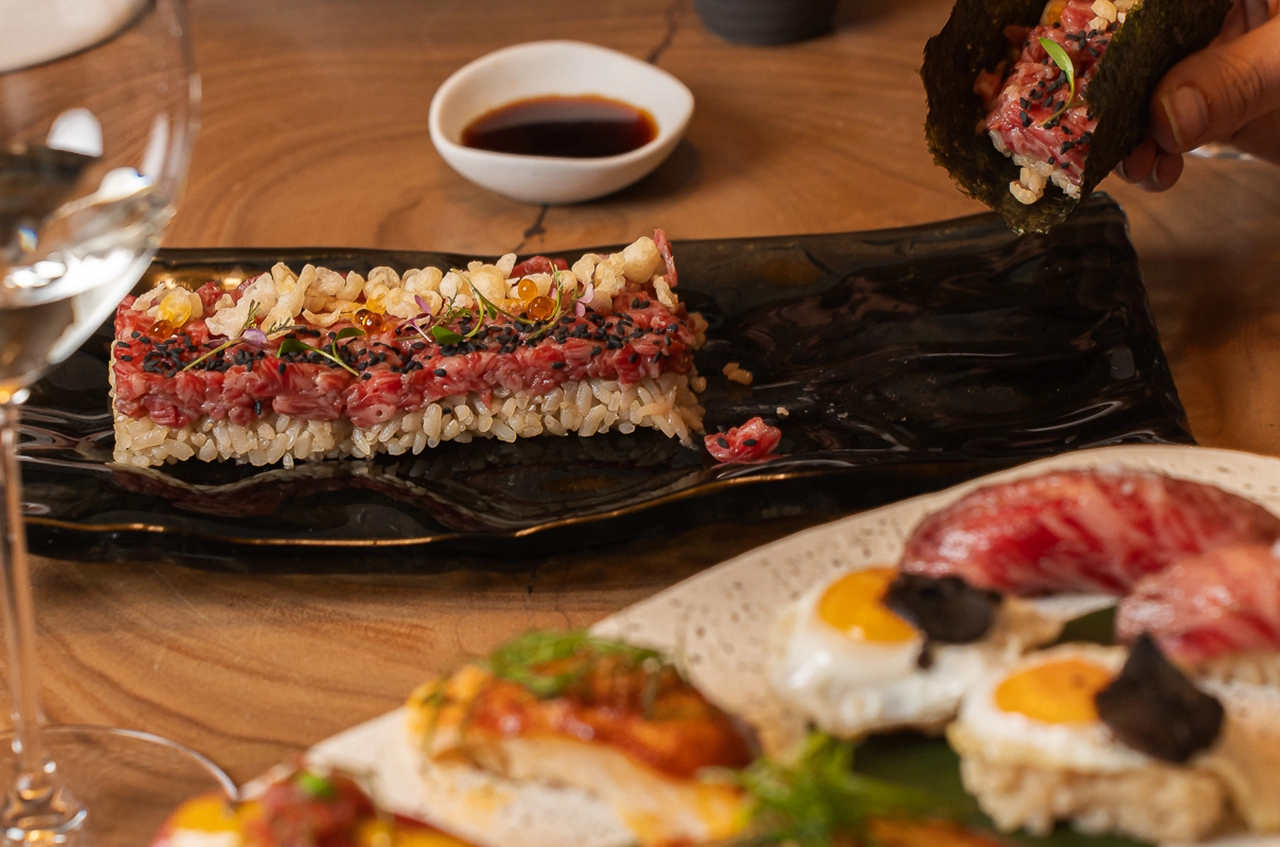Gluten-free soy sauce is an alternative to traditional soy sauce for those who follow a gluten-free diet or are intolerant to gluten. While conventional soy sauce contains wheat—one of the main ingredients in its fermentation process—gluten-free soy sauce is made without it, making it a safe option for people with celiac disease or gluten intolerance.
How is soy sauce made?
Commercial soy sauce is made from a mixture of soybeans, wheat, salt, and a fermenting agent. During the fermentation process, the wheat grains transform their components, creating a sauce with the characteristic umami flavor. In gluten-free soy sauce, wheat is sometimes replaced with other ingredients such as rice, corn, or rice malt to preserve the flavor and texture.
Tamari: The Traditional Soy Sauce for People with Celiac Disease or Gluten Sensitivity
Tamari is a traditional gluten-free soy sauce made solely from soybeans and salt (in some cases, it may also contain small amounts of rice). It’s generally considered the most natural and least processed option. Tamari is safe for people with celiac disease, those sensitive to gluten, or anyone who prefers to avoid it. Its flavor and texture are quite similar to traditional soy sauce, sometimes slightly lighter and less salty.
How is gluten-free soy sauce used?
At Arko Barcelona, we use gluten-free soy sauce in all dishes where traditional soy sauce would normally be used. It accompanies our sushi, sashimi, and nigiris, serves as a base for marinades and dressings in some starters, and is included in our tempura sauces.
To conclude, gluten-free soy sauce is a safe alternative for people with gluten intolerance or celiac disease. It can be used in the same way as conventional soy sauce in a wide variety of dishes. If you’re looking for a more natural gluten-free soy sauce, tamari is an excellent option. Book a table now at Arko Restaurant and try our dressings made with authentic gluten-free soy sauce.

